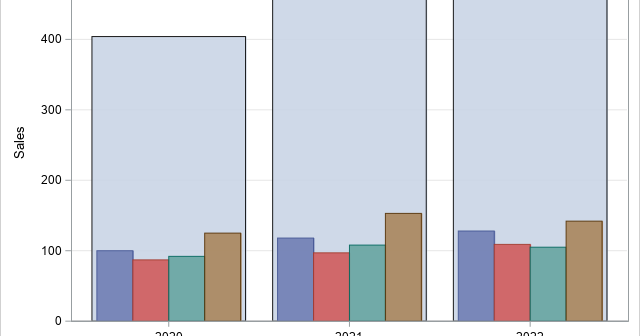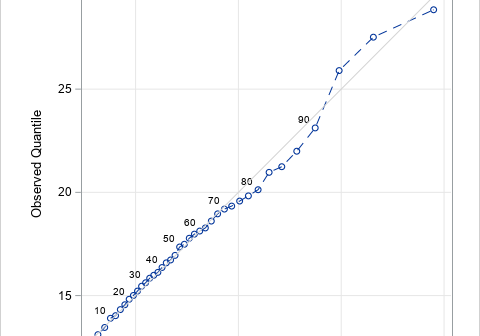The DO Loop
Statistical programming in SAS with an emphasis on SAS/IML programs
Isaac Newton had many amazing scientific and mathematical accomplishments. His law of universal gravitation and his creation of calculus are at the top of the list! But in the field of numerical analysis, "Newton's Method" was a groundbreaking advancement for solving for a root of a nonlinear smooth function. The

Newton's method was in the news this week. Not the well-known linear method for finding roots, but a more complicated method for finding minima, sometimes called the method of successive parabolic approximations. Newton's parabolic method was recently improved by modern researchers who extended the method to use higher-dimensional polynomials. The

Nearly every statistician has heard the aphorism, "All models are wrong, but some are useful." The quote is attributed to George Box, an early and influential thinker about statistics. Did George Box actually say this quote? Yes, he did. The first part of the quote ("All models are wrong") appeared

After giving a talk about how to create effective statistical graphics in SAS, I was asked a question: "When do you suggest using the graph template language (GTL) to build graphs?" I replied that I turn to the GTL when I cannot create the graph I want by using PROC

A common task in statistics is to model data by using a parametric probability distribution, such as the normal, lognormal, beta, or gamma distributions. There are many ways to assess how well the model fits the data, including graphical methods such as a Q-Q plot and formal statistical tests such

Every programmer makes errors. Therefore, learning to debug a program is an important part of learning to program. Another skill is learning to decipher cryptic error messages, which can be as hard to interpret as hieroglyphs. One helpful skill is learning to navigate a "traceback" error. A traceback error message
